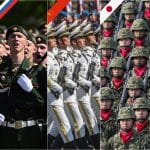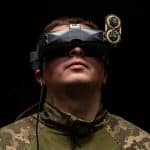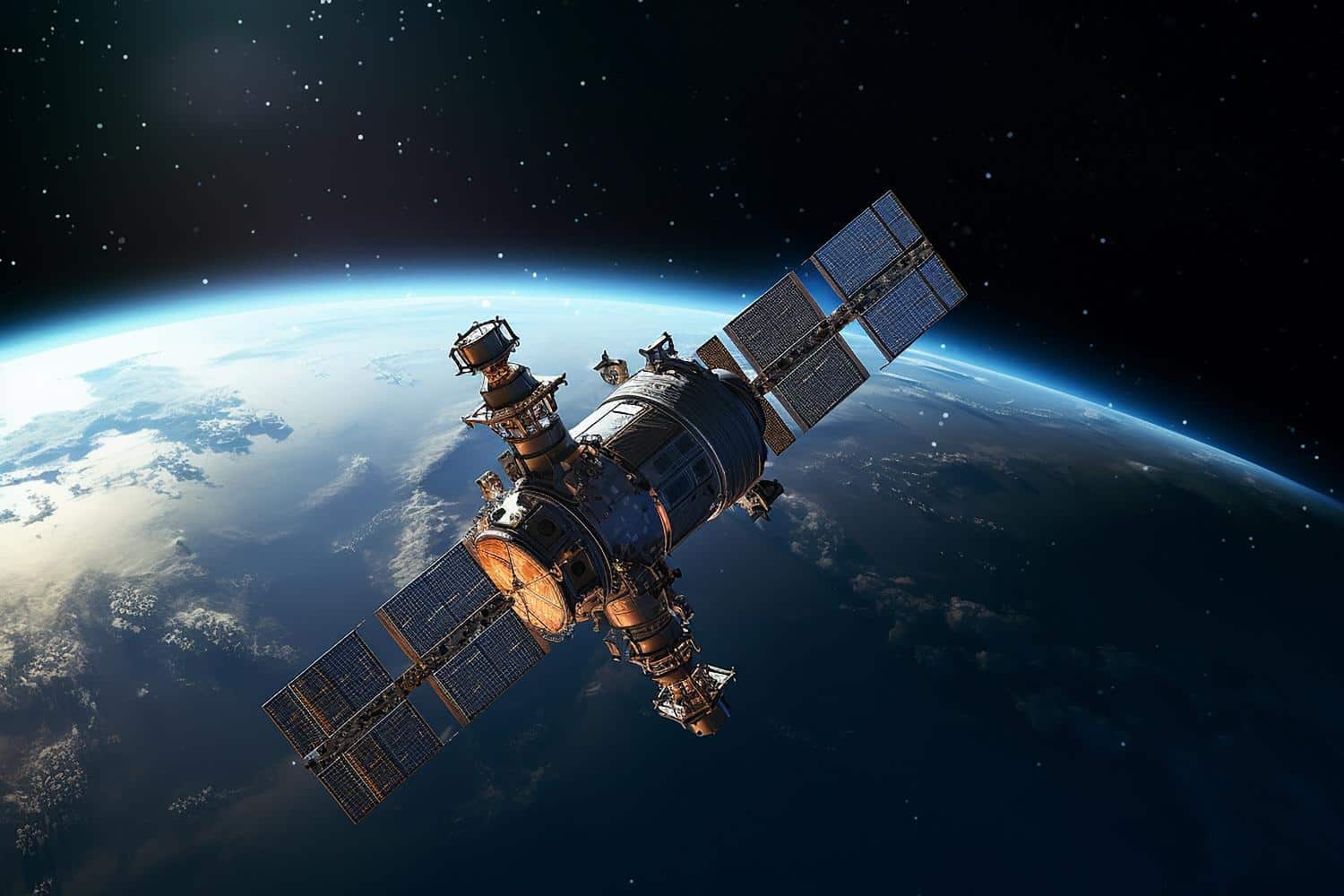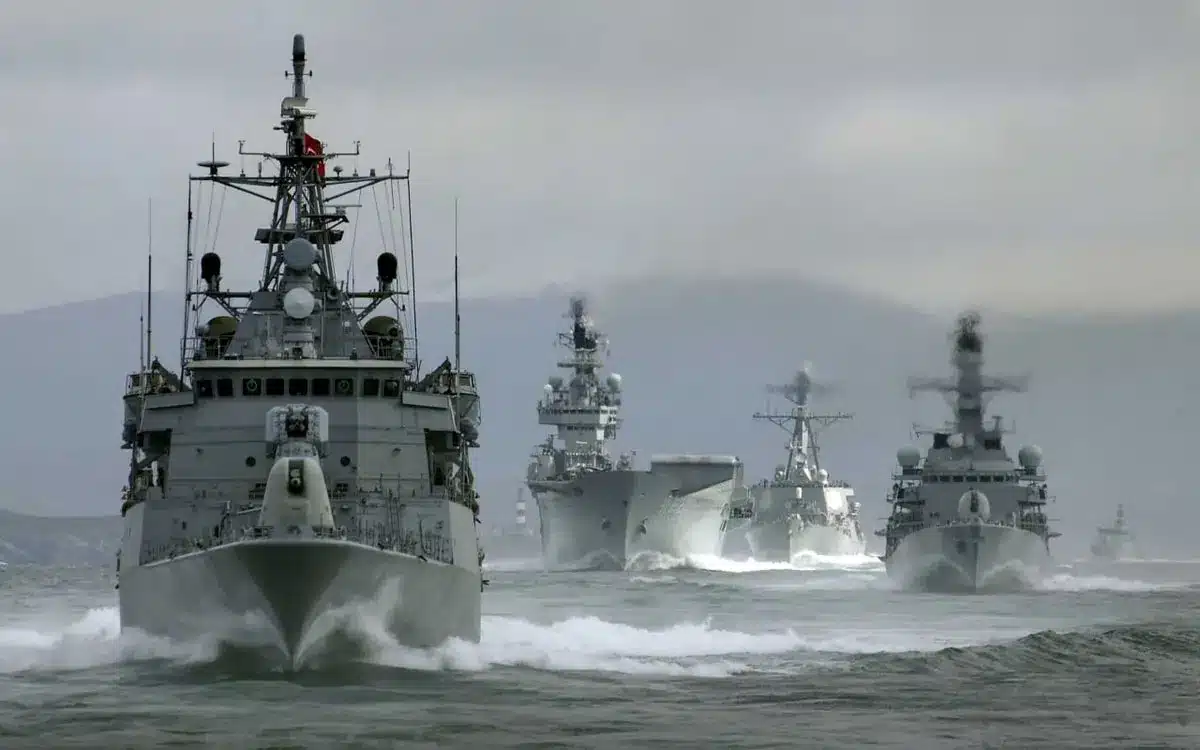Since the start of the conflict between Russia and Ukraine, drones have played a crucial role, radically transforming the way battles are fought. What began as a series of conventional engagements has rapidly turned into a technological war in which drones play a central role. The massive use of these unmanned aerial vehicles by both sides has not only changed the dynamics of the battlefield, but also accelerated innovation in military technologies. This article explores how drones have been integrated into Ukrainian and Russian strategies, their tactical and strategic impact, and the challenges and future prospects for this rapidly expanding technology.
The various uses of drones in the Russian-Ukrainian conflict
Drones have become ubiquitous in the conflict between Russia and Ukraine, serving a variety of functions that go far beyond simple reconnaissance missions. They are used for targeted attacks on military infrastructure, naval operations, and even missions to disrupt and support offensive air operations.
Surveillance and recognition
One of the most common uses for drones in this conflict is surveillance and reconnaissance. Drones enable Ukrainian forces to monitor enemy movements in real time, offering a crucial strategic advantage. These machines can fly at low altitude, avoiding detection by traditional radars. They also provide high-resolution images that help plan operations and adjust strategies according to enemy movements.
Drones have enabled Ukrainian forces to spot and attack enemy targets with unprecedented precision. For example, FPV (First-Person View) drones are often used to guide artillery fire, or to strike directly at Russian positions by rushing at the target with an explosive charge. This ability to democratize air power has enabled Ukrainian forces to compensate for their numerical inferiority to the Russian army.
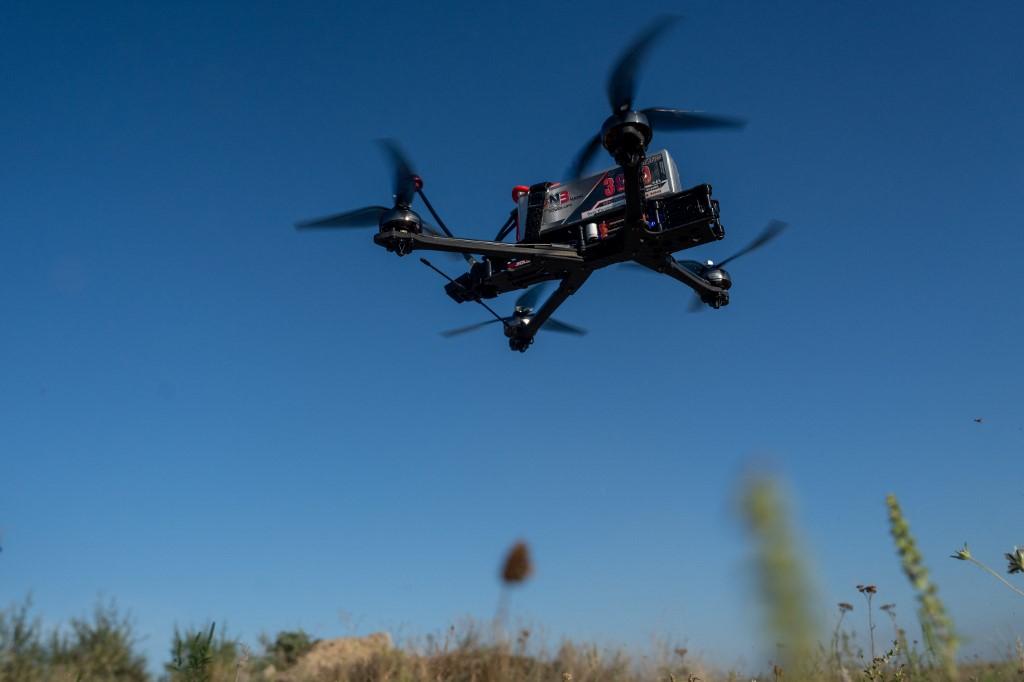
Targeted attacks on Russian military infrastructure
Drones have also been used to carry out daring attacks against strategic military infrastructure in Russia. Operation Spiderweb is an emblematic example of this strategy. Dozens of small drones were smuggled into Russia, stored in special compartments aboard cargo trucks, and remotely launched at nearby air bases.
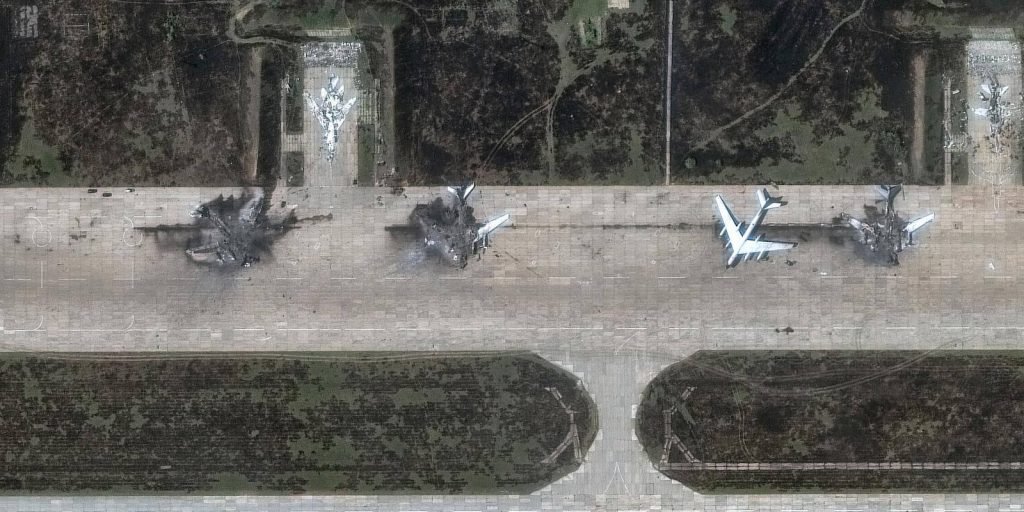
These attacks not only caused significant material damage, but also had a major psychological impact on Russian forces. They demonstrated the ability of drones to penetrate deep into enemy territory and strike high-value targets. This tactic has forced the Russians to reassess their air defenses and deploy more resources to counter this threat.
Naval use of USVs
Naval drones have also played a crucial role in the conflict, particularly in the Black Sea. Ukrainian forces used naval drones, sometimes supported by satellite connections such as Starlink for communication, to disrupt the Russian fleet. These drones, initially intended to be used solely for reconnaissance, turned out to be capable of carrying ammunition and acting as flying bombs.
The use of these naval drones enabled Ukrainian forces to disrupt Russian maritime operations and cause significant damage to the enemy fleet. This innovative tactic demonstrated how drones can be adapted for specific missions, increasing their versatility on the battlefield.
In this article, we explored how drones have become key players in the Russian-Ukrainian conflict, particularly in the areas of surveillance, reconnaissance and targeted attacks. In the next article, we’ll look at how technological innovations and tactical adaptations have transformed the use of drones in this conflict.
Article 2: The rapid evolution of drone technologies in the Russo-Ukrainian conflict.
Article 3: Strategic impact of drones and their role in future conflicts


